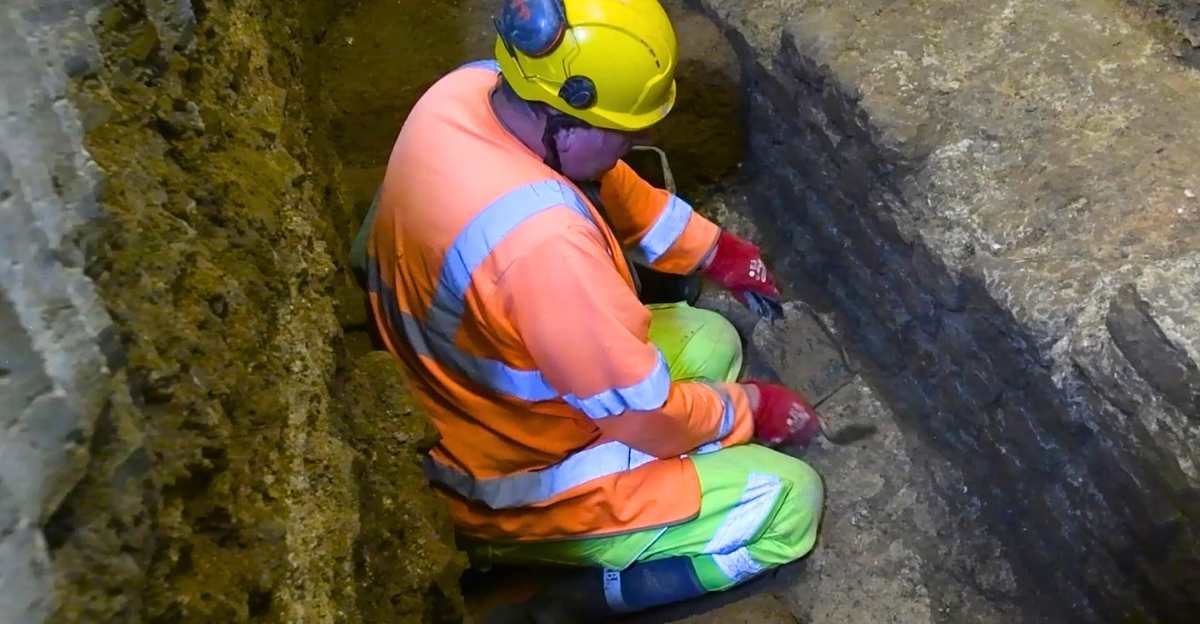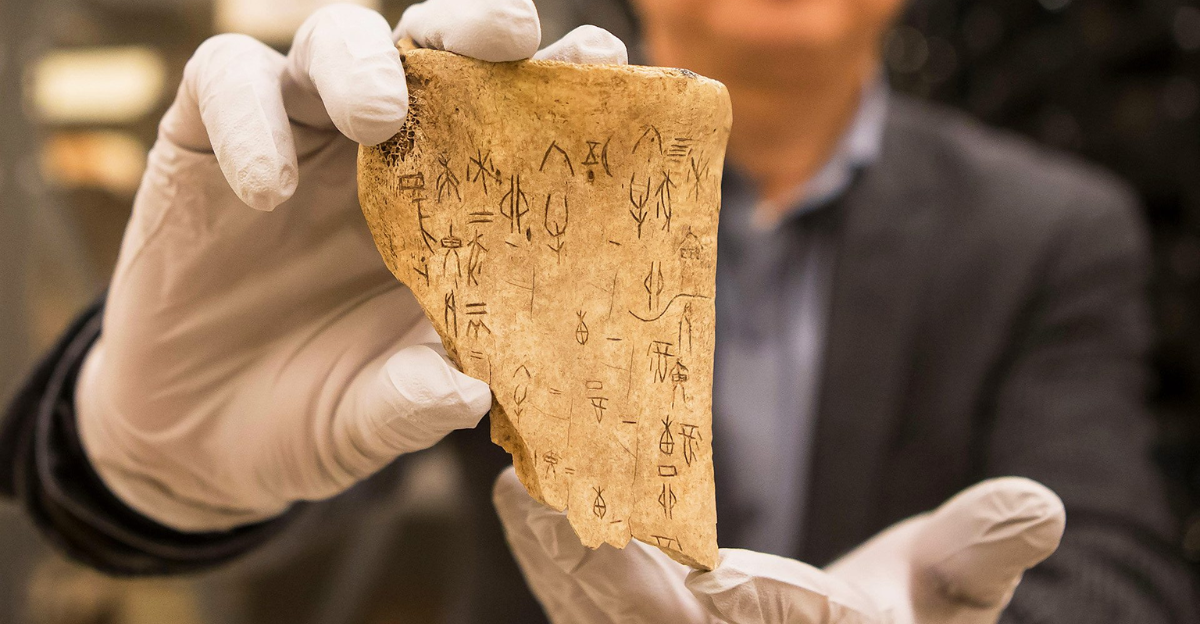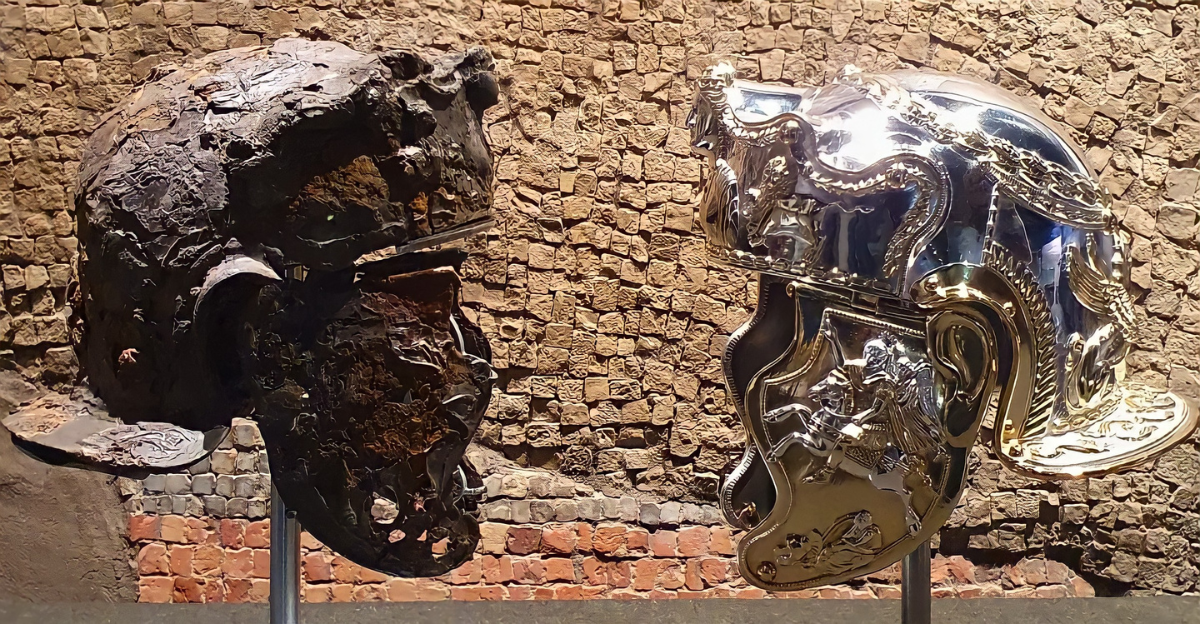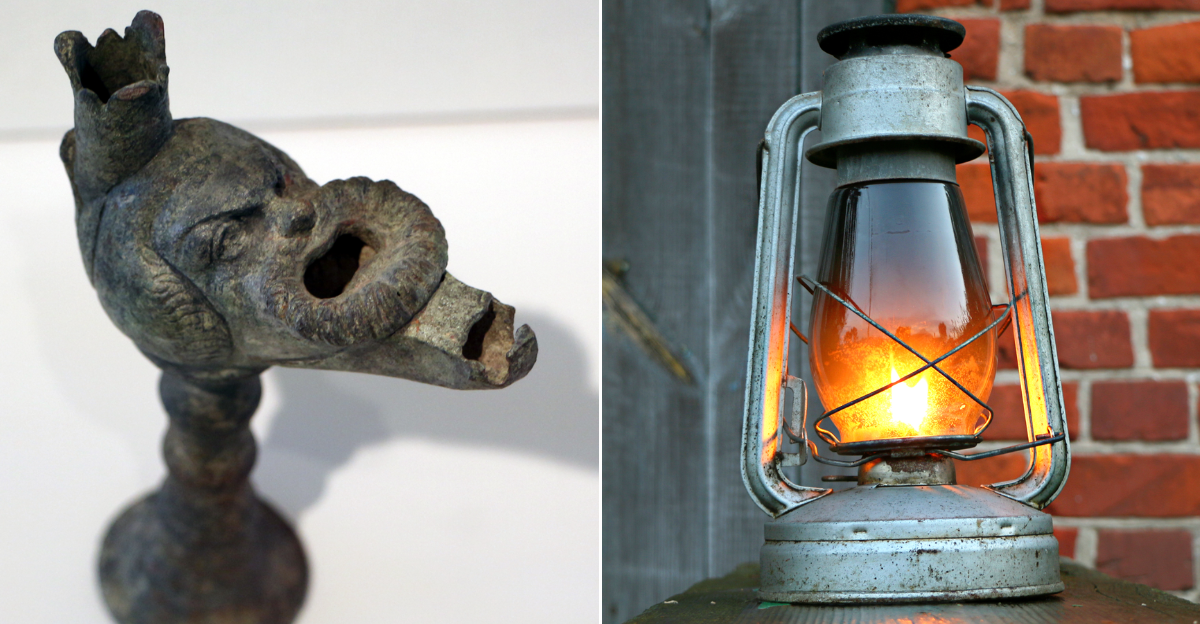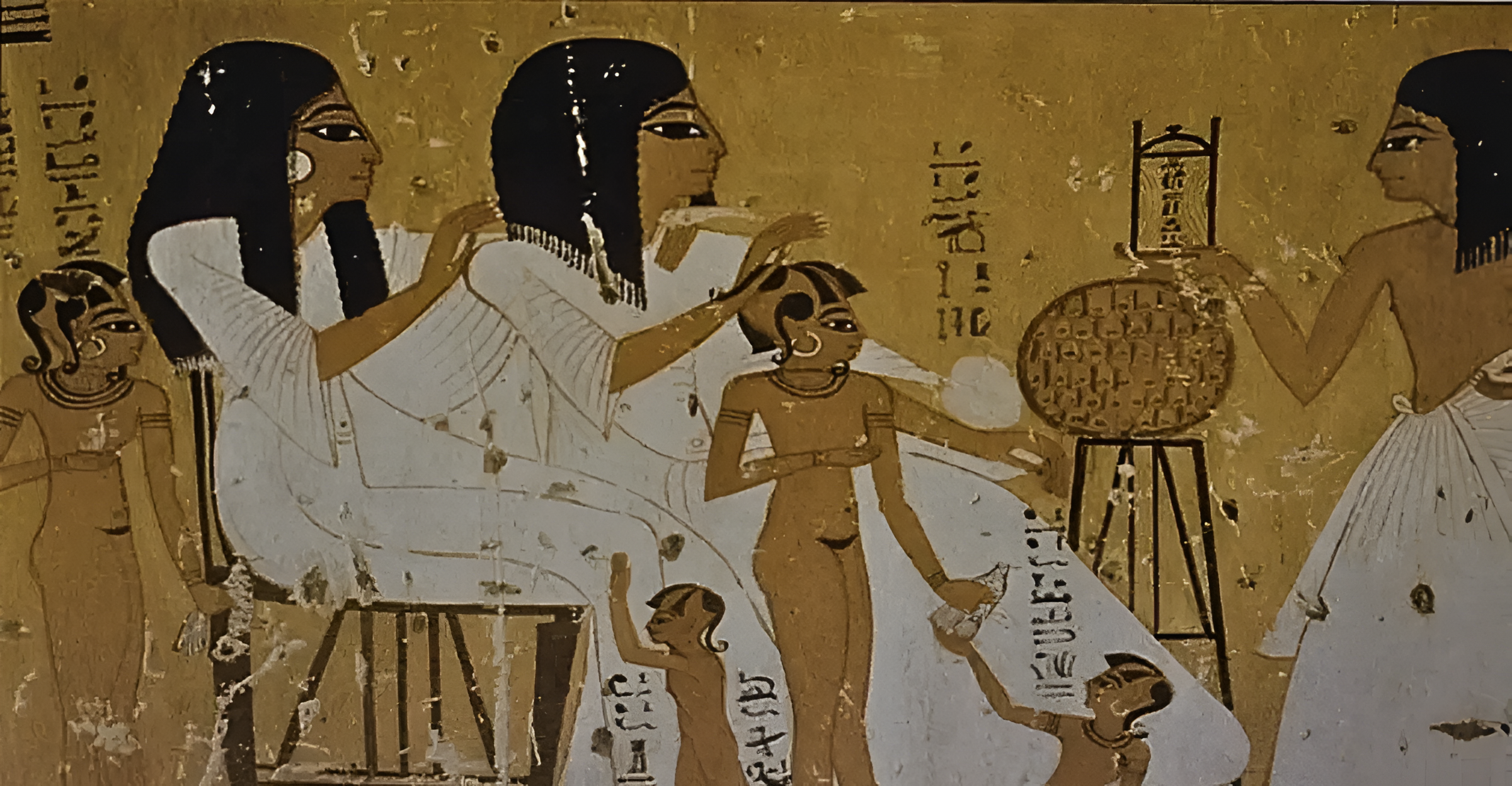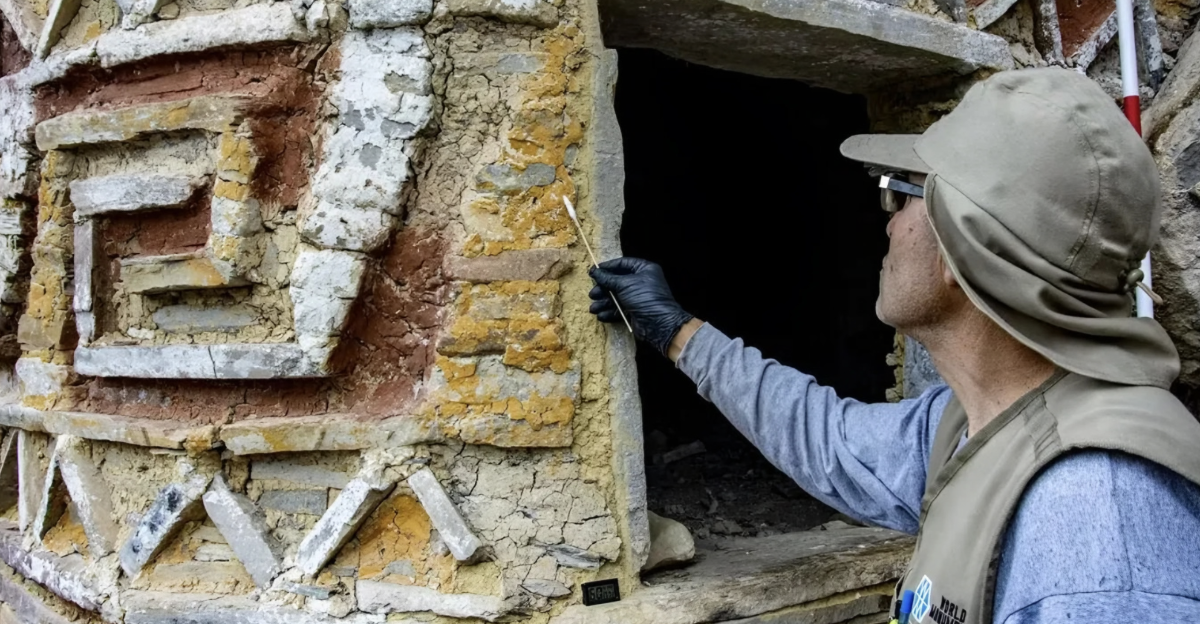
Deep inside Peru’s fog-covered hills, where clouds cascade upon the ancient trees, archaeologists have uncovered a secret that could rewrite a forgotten chapter of human history.
More than 100 new buildings never before discovered have been uncovered under dense forest cover, revealing remnants of a lost civilization within the clouds.
But who were these secret builders? Why did they disappear? And what do their moss-covered ruins still have to say to the modern world?
Where the Clouds Conceal Secrets
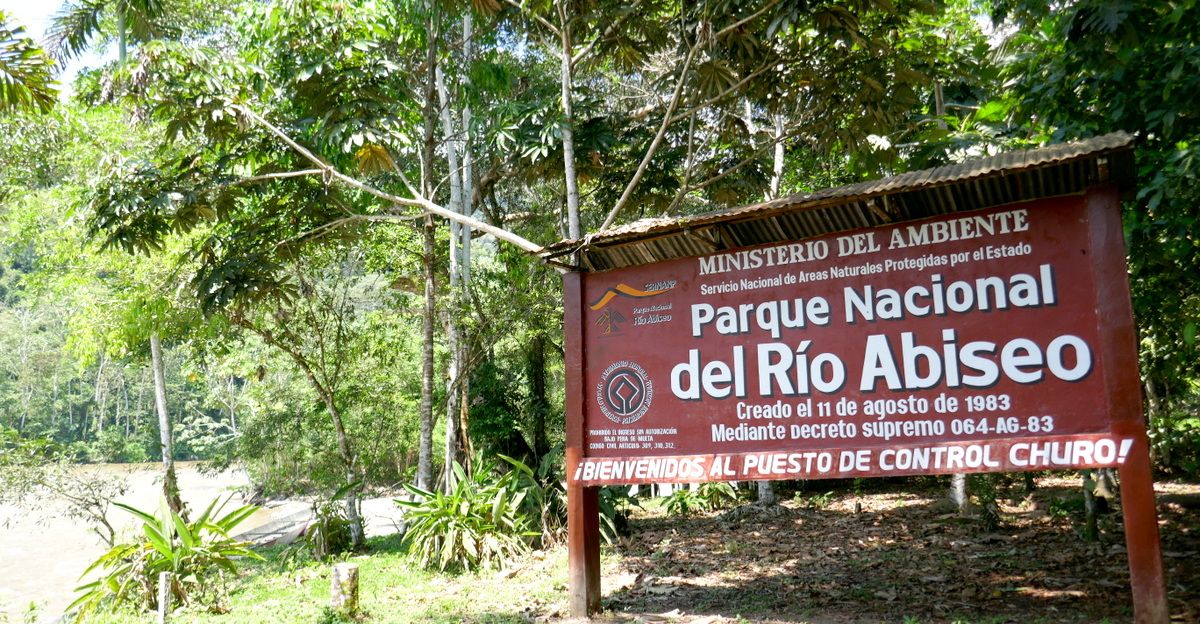
Río Abiseo National Park is not only breathtaking—it’s nearly inaccessible. Stretching across northeastern Peru, it’s a roadless wilderness area, protected from development. For centuries, the forest concealed its secrets under leafy canopies and fog.
Even today, the park remains largely off-limits to travelers. That isolation preserved one of archaeology’s greatest mysteries—and kept it hidden for centuries.
Technology in the Jungle
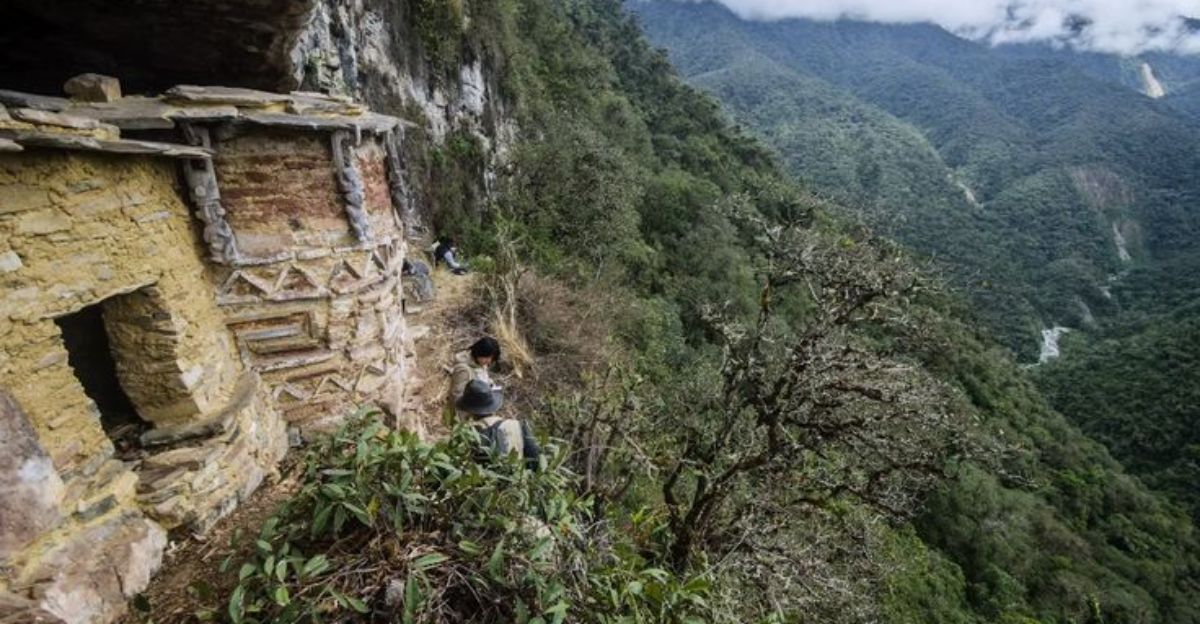
Between 2022 and 2024, the World Monuments Fund team led the charge on leveraging next-generation technology such as LiDAR and photogrammetry to essentially strip back the forest virtually. These were not simple scans—they were precise jungle surgery.
What they revealed lying under the cover of leaves was breathtaking: more than a hundred structures never before seen, stone by stone, surfacing into daylight for the first time in centuries.
The Chachapoya Civilization Emerges
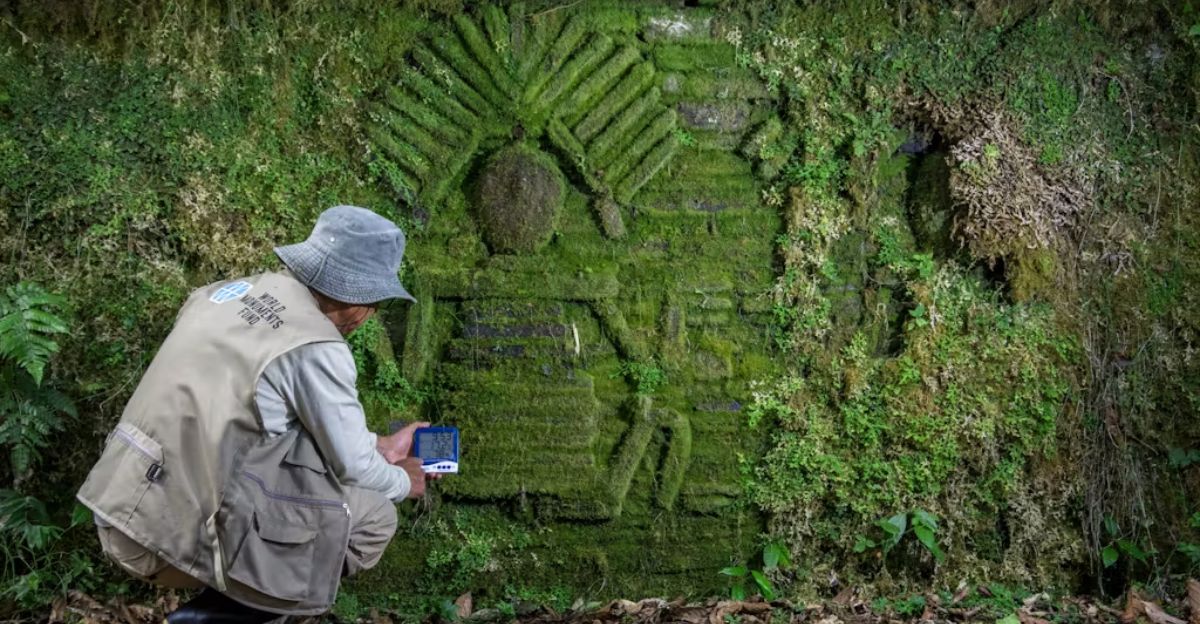
The buildings are of the Chachapoya—a mysterious people who are called the “Warriors of the Clouds.” Centuries before Spanish conquistadors, even before Inca reached its peak, the Chachapoya carved out their existence on the sides of the Andes.
They did not leave a written history, and as such, their history was reconstructed from bones, ruins, and hearsay. Up until now.
What the Inca Couldn’t Ignore
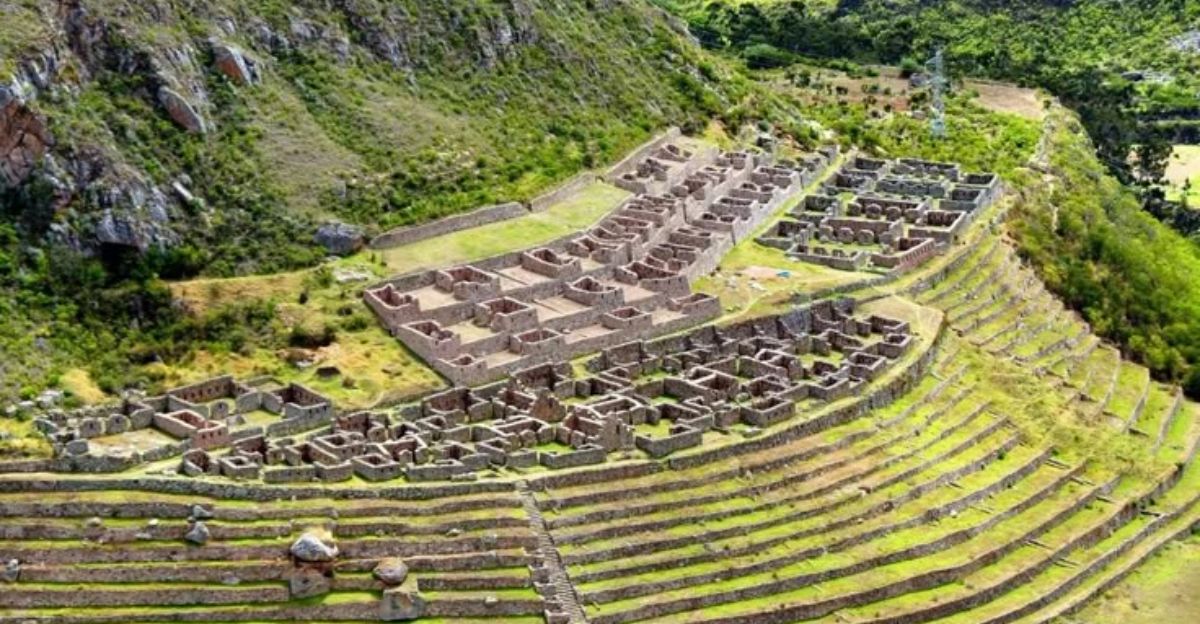
The Chachapoya constructed elaborate agricultural terracing, city settlements, ceremonial complexes, and a complex cliff-dwelling tomb system that amazed subsequent Andean empires.
In the 15th century, they were conquered by the Inca after an arduous battle. Chachapoya soldiers were valued by the Inca for their ferocity, even as their culture started to disintegrate and break apart into the mold of the empire.
Gran Pajatén—Once Just a Name
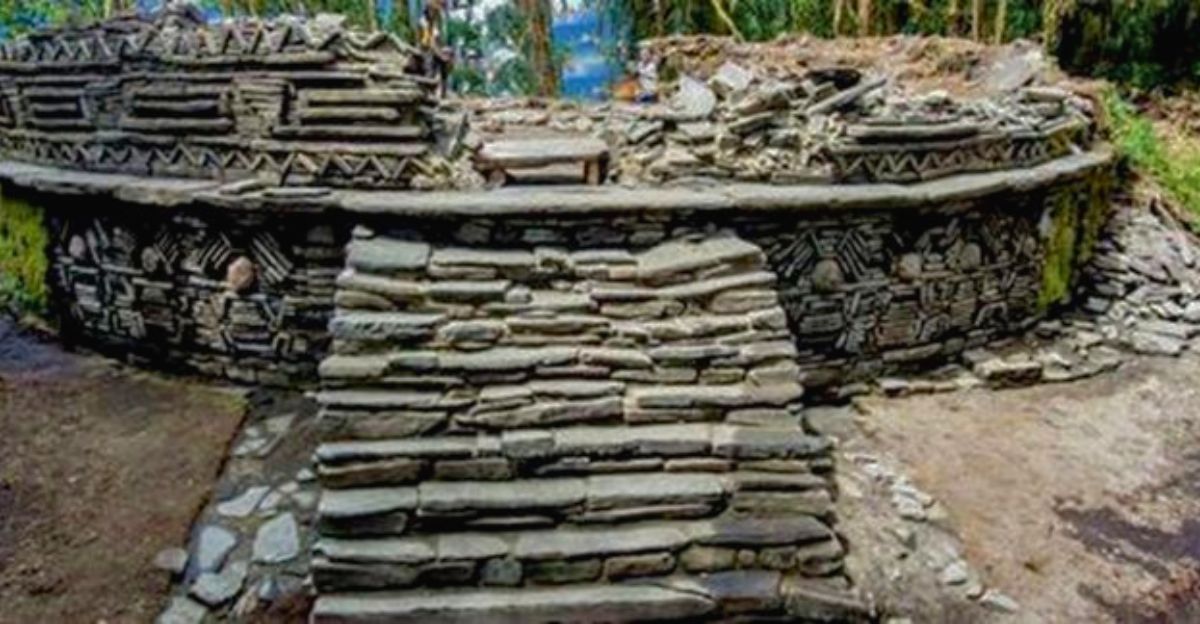
The recently uncovered sites focus on Gran Pajatén, long known by reputation but not often visited in depth. Situated on a dramatic ridge overlooking the Montecristi River, it had previously been assumed to be an independent ceremonial site.
But the most recent scans now show that Gran Pajatén was just the tip of a vastly broader, interconnected system of sites—implying that it was a hub rather than an outpost.
The Cloud Road Network
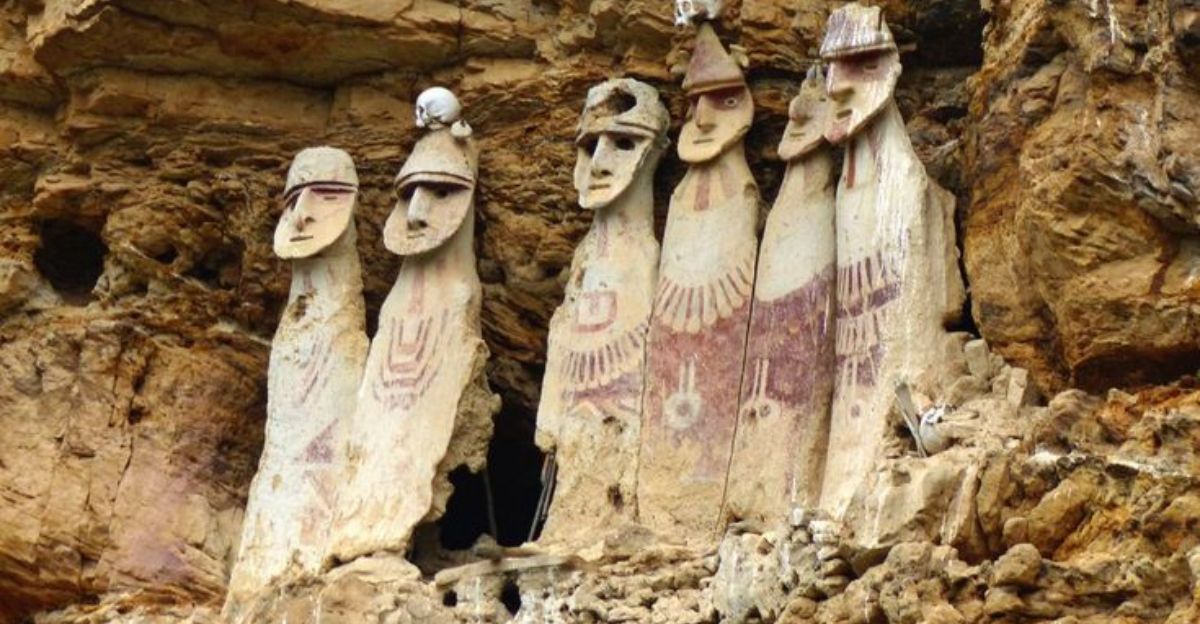
LiDAR imagery revealed more than monuments. There were hidden roads—presumably manmade—between Gran Pajatén and other locations such as La Playa, Papayas, and Los Pinchudo.
These were not haphazard footpaths. They were deliberate arteries connecting people and places through rugged terrain veiled in clouds.
This indicates a degree of organization and connectivity much more sophisticated than had been anticipated.
A City Among the Trees
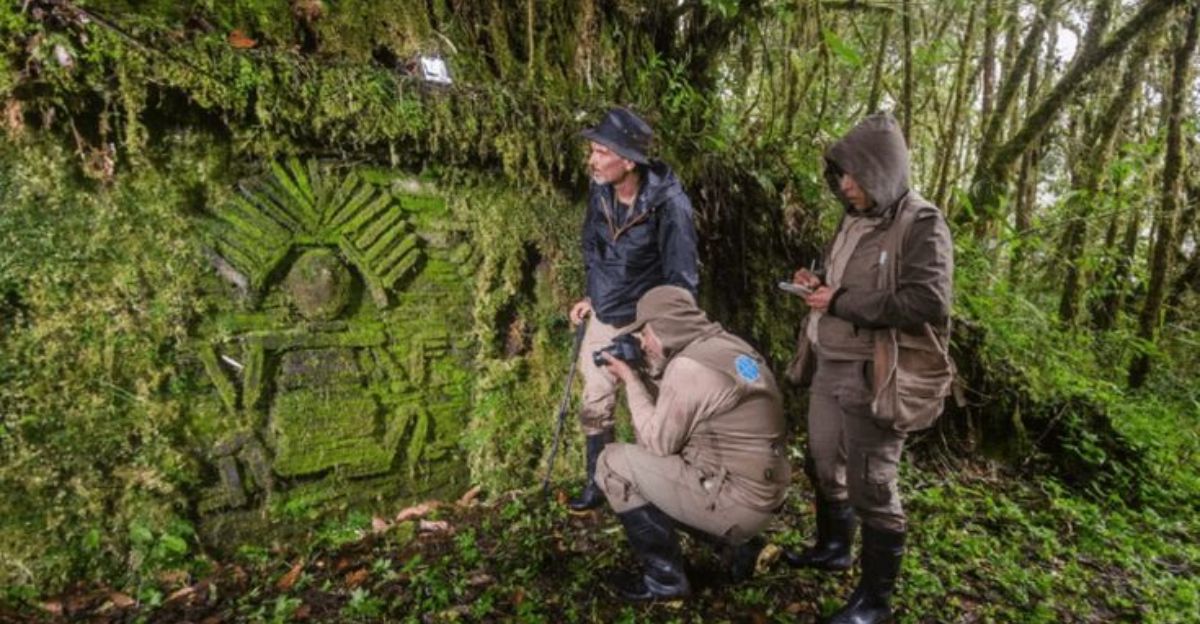
Most of the recently discovered structures are houses, workshops, and terraces. Chachapoyas didn’t just worship at Gran Pajatén—they lived there.
They woke each morning not to fences, but to huge green valleys and rolling clouds. Life here was challenging—but deeply spiritual and in harmony with nature.
Secrets in Stone and Soil
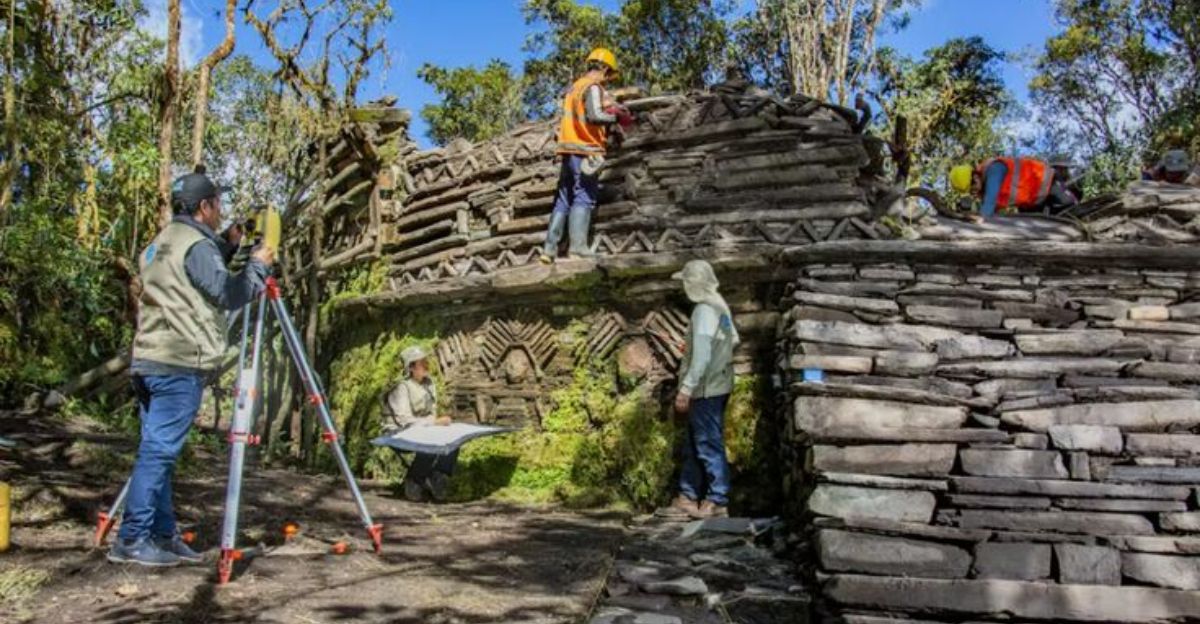
Even though no gold or treasure was found at the site, the real treasure is in what the architecture reveals. The stones remain in their original positions and create circular walls, staircases, and platforms.
They were not random structures—they suggest planning, ritual, and deep respect for the land they were encircling. Each stone seems to declare: “We were here. We mattered.”

